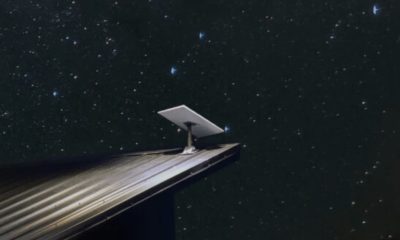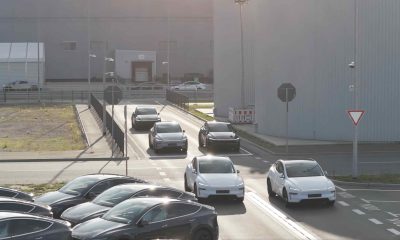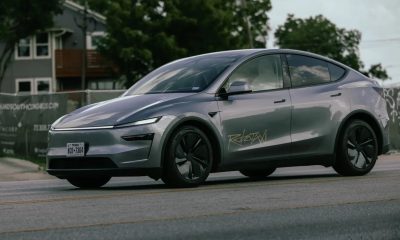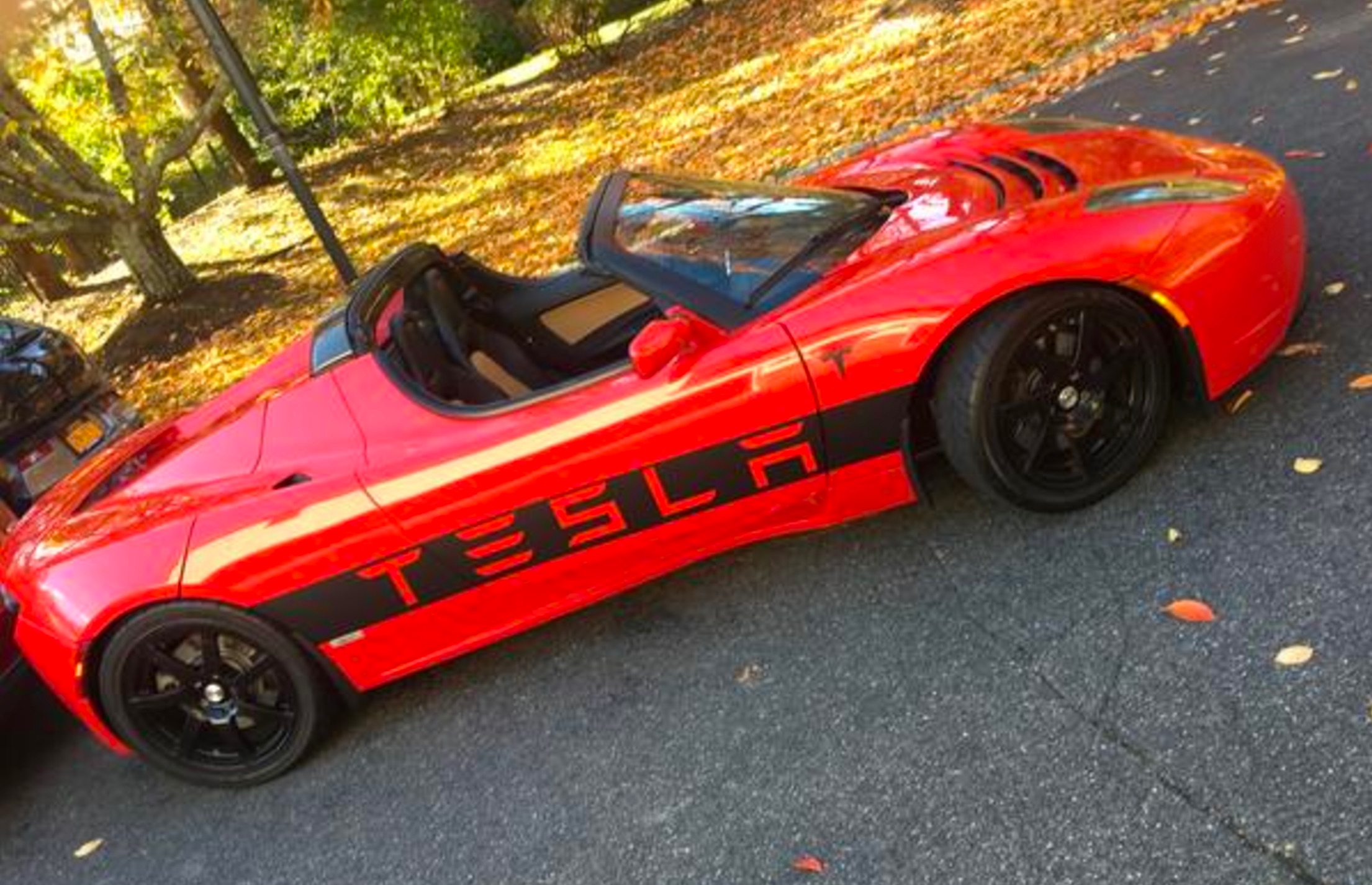
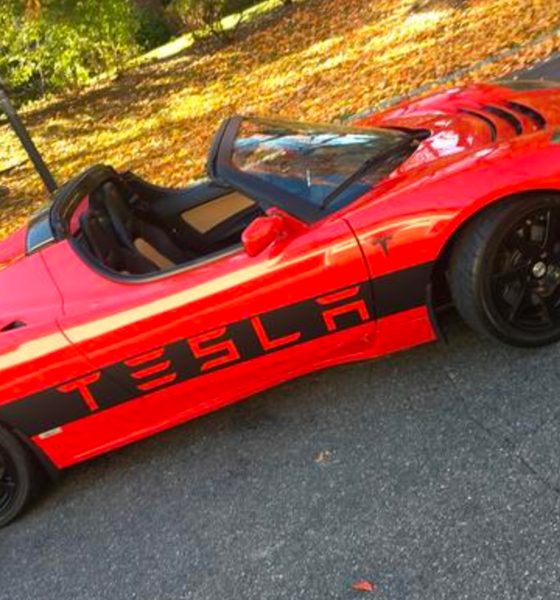
Energy
What Tesla and Honda’s early success have in common
“To the more established brands, it is a young upstart company with performance claims that seem unreasonably optimistic. Instead of being rooted in reality, its new sporty two-door appears to be little more than the expressed will of a mercurial leader. There are already rumors of potential bankruptcy. Surely, this is hubris run amok.”
The automaker in question? Honda in the late 1960s. Fifty years later, Tesla and Elon Musk are the objects of great admiration, but also constant targets of criticism. In a recent article in The Globe and Mail, Brendan McAleer tells a fascinating story of a young company with a charismatic leader, which finally found great success by tempering its expansive dreams with a dose of reality.
In the sixties, Honda and its founder, Soichiro Honda, faced attacks very similar to those being launched at Tesla today. Mr. Honda’s pride and joy was the Honda 1300, aka the Coupe 9. It was an innovative, forward-looking little car, with an air-cooled four-cylinder engine, independent suspension, and excellent fuel efficiency.
The problem was Soichiro Honda himself, who apparently couldn’t resist the urge to keep improving his design. At one point, he ordered the assembly line to stop so that new features could be added. “Eventually, his engineers set up a desk in the factory to deal with his constant interfering,” McAleer writes (sound familiar?). “Honda was forced to step back and his engineers worked to combine his passionate ideas with the practical needs of modern mass manufacturing. The next car they produced was the Honda Civic. You could say it did pretty well.”
 |
Above: The iconic Soichiro Honda celebrates the first H1300 car off the production line (Image: Honda)
Like Mr. Honda, Elon Musk is famous for his interest in every detail of his company’s vehicles. However, it’s safe to say that the extremes of emotion Elon inspire go far beyond anything ever aimed at Mr. Honda, at least in the Western press. Is Musk “a messianic figure or the fraudulent leader of a cultish mob?” McAleer asks.
Noting that the truth surely lies somewhere in the middle, McAleer lists some of Tesla’s strengths and weaknesses. The latter include a consistent failure to deliver a product on time, quality-control issues and “an apparent inability to turn a profit” (which it might be more accurate to call a lack of interest in turning a profit).
McAleer goes on to say that Tesla’s corporate culture appears to discourage internal criticism, and cites Model X’s Falcon Wing doors, which even some at Tesla have characterized as a mistake, as a symptom of a top-down culture. He doesn’t seem to be enamored of some of Model 3’s innovations: “Clean-slate thinking is one thing, but ignoring the lessons learned by others is a mistake.”
Tesla’s greatest strength is the fanatical devotion of its customers, and in today’s brand-centric business world, that may be an insurmountable advantage. As a brand, Tesla is one of the greatest in history, right up there with Harley-Davidson and the Grateful Dead. Legacy automakers are gearing up to offer vehicles to compete with Tesla (as they reportedly have been for several years now), but it’s difficult to imagine any of them ever rivaling Tesla’s brand loyalty.
Elon Musk has set out to electrify the world’s transportation system – a far loftier goal than anything Soichiro Honda thought about doing. But as Honda’s story illustrates, those who would change the world need to ground their dreams in reality. Hopefully, the continuing rollout of Model 3 will demonstrate that innovative ideas combined with a healthy respect for the practical aspects of manufacturing and consumer behavior add up to a winning formula.
===
Note: Article originally published on evannex.com, by Charles Morris
Source: The Globe and Mail
Energy
Tesla VP hints at Solar Roof comeback with Giga New York push
The comments hint at possible renewed life for the Solar Roof program, which has seen years of slow growth since its 2016 unveiling.

Tesla’s long-awaited and way underrated Solar Roof may finally be getting its moment. During the company’s Q3 2025 earnings call, Vice President of Energy Engineering Michael Snyder revealed that production of a new residential solar panel has started at Tesla’s Buffalo, New York facility, with shipments to customers beginning in the first quarter of 2026.
The comments hint at possible renewed life for the Solar Roof program, which has seen years of slow growth since its 2016 unveiling.
Tesla Energy’s strong demand
Responding to an investor question about Tesla’s energy backlog, Snyder said demand for Megapack and Powerwall continues to be “really strong” into next year. He also noted positive customer feedback for the company’s new Megablock product, which is expected to start shipping from Houston in 2026.
“We’re seeing remarkable growth in the demand for AI and data center applications as hyperscalers and utilities have seen the versatility of the Megapack product. It increases reliability and relieves grid constraints,” he said.
Snyder also highlighted a “surge in residential solar demand in the US,” attributing the spike to recent policy changes that incentivize home installations. Tesla expects this trend to continue into 2026, helped by the rollout of a new solar lease product that makes adoption more affordable for homeowners.
Possible Solar Roof revival?
Perhaps the most intriguing part of Snyder’s remarks, however, was Tesla’s move to begin production of its “residential solar panel” in Buffalo, New York. He described the new panels as having “industry-leading aesthetics” and shape performance, language Tesla has used to market its Solar Roof tiles in the past.
“We also began production of our Tesla residential solar panel in our Buffalo factory, and we will be shipping that to customers starting Q1. The panel has industry-leading aesthetics and shape performance and demonstrates our continued commitment to US manufacturing,” Snyder said during the Q3 2025 earnings call.
Snyder did not explicitly name the product, though his reference to aesthetics has fueled speculation that Tesla may finally be preparing a large-scale and serious rollout of its Solar Roof line.
Originally unveiled in 2016, the Solar Roof was intended to transform rooftops into clean energy generators without compromising on design. However, despite early enthusiasm, production and installation volumes have remained limited for years. In 2023, a report from Wood Mackenzie claimed that there were only 3,000 operational Solar Roof installations across the United States at the time, far below forecasts. In response, the official Tesla Energy account on X stated that the report was “incorrect by a large margin.”
Energy
Tesla China’s Megafactory helps boost Shanghai’s battery exports by 20%: report
Located in the Lingang New Area of the Shanghai Free Trade Zone, the Tesla Megafactory has been running at full throttle since opening in February.
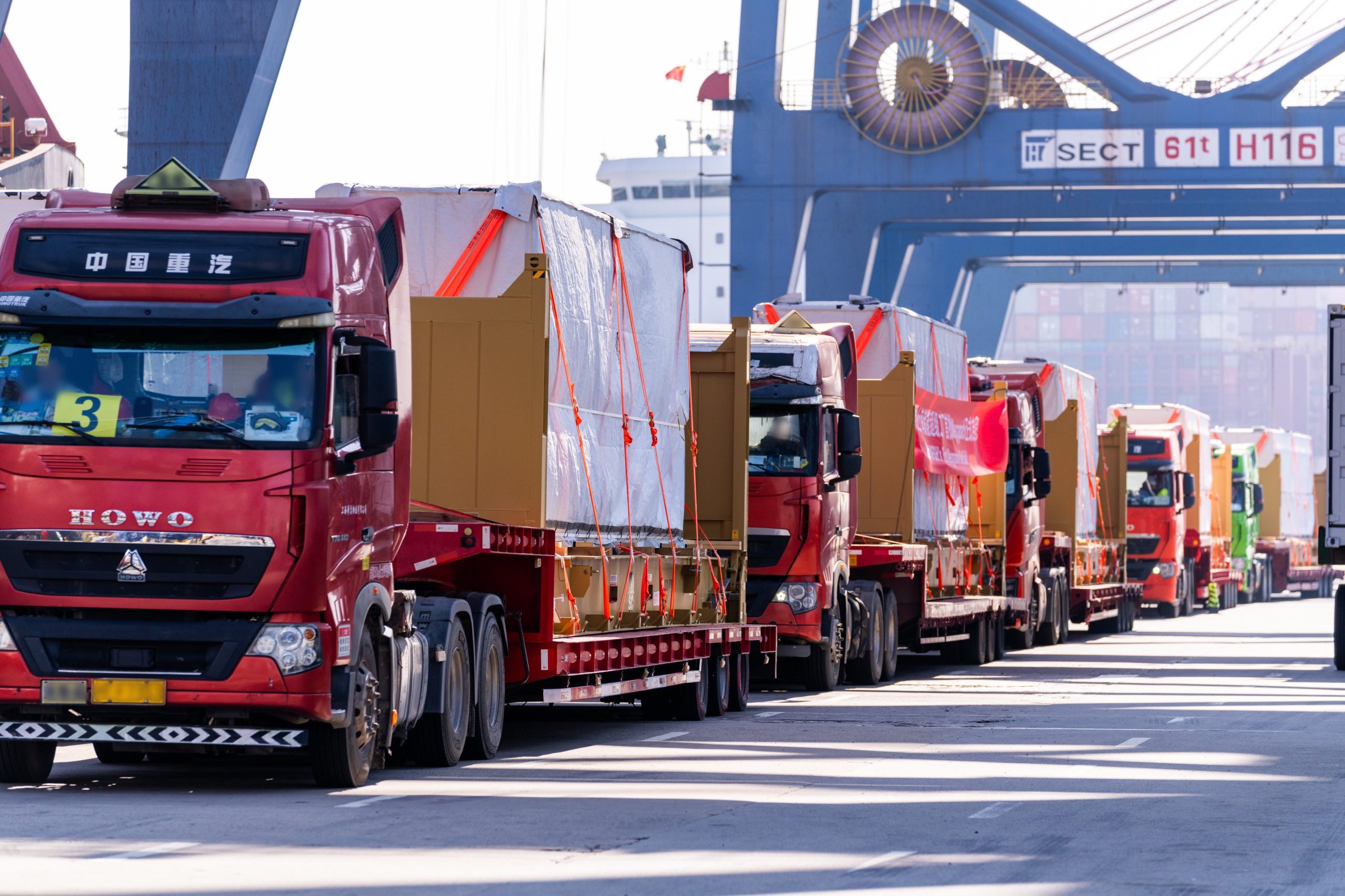
Reports from China have indicated that the Tesla Shanghai Megafactory has become a notable player in China’s booming battery export market.
Located in the Lingang New Area of the Shanghai Free Trade Zone, the Tesla Megafactory has been running at full throttle since opening in February. It produces Tesla Megapack batteries for domestic and international use.
Tesla Shanghai Megafactory
As noted in a report from Sina Finance, the Tesla Shanghai Megafactory’s output of Megapack batteries helped drive a notable rise in lithium battery shipments from the city in the first three quarters of 2025. This is quite impressive as the Megafactory is a rather young facility, though it has been steadily increasing its production capacity.
“The establishment of this benchmark factory has not only driven the rapid development of Shanghai’s energy storage industry but also become a new growth engine for foreign trade exports. Driven by the Tesla energy storage factory’s opening, Shanghai’s lithium battery exports reached 32.15 billion yuan ($4.5 billion) in the first three quarters, a 20.7% increase,” the publication wrote.
Ultimately, the Shanghai Megafactory has proved helpful to the city’s “new three” industries, which are comprised of new energy vehicles, lithium batteries, and photovoltaic systems. Exports of the “new three” products reached 112.17 billion yuan ($15.7 billion), a 6.3% year-over-year increase during the same period. The city’s total trade volume grew 5.4% year-over-year as well, with exports up 11.3%, driven largely by the clean energy sector’s performance.
Energy storage is helping Shanghai
Since opening in February, the Shanghai Megafactory has been firing on all cylinders. In late July, Tesla Energy announced that the new battery factory has successfully produced its 1,000th Megapack unit. That’s quite impressive for a facility that, at the time, had only been operational for less than six months.
Speed has always been a trademark of the Shanghai Megafactory. Similar to Tesla’s other key facilities in China, the Megafactory was constructed quickly. The facility started its construction on May 23, 2024. Less than a year later, the site officially started producing Megapack batteries. By late March 2025, Tesla China noted that it had shipped the first batch of Megapack batteries from the Shanghai plant to foreign markets.
Energy
Tesla recalls Powerwall 2 units in Australia
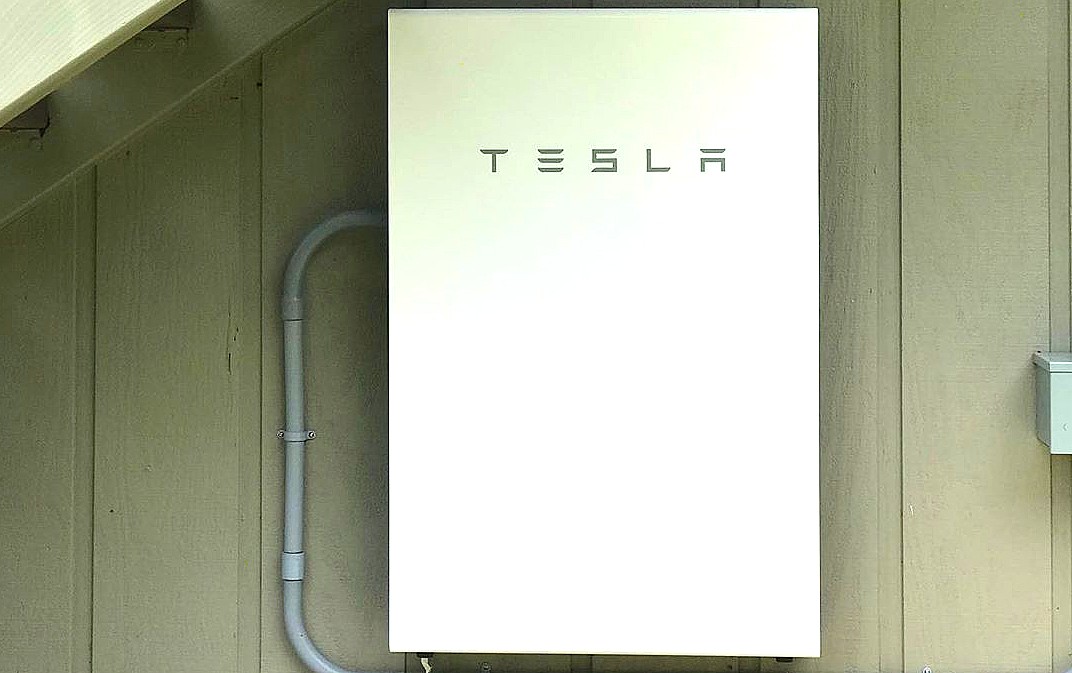
Tesla will recall Powerwall 2 units in Australia after a handful of property owners reported fires that caused “minor property damage.” The fires were attributed to cells used by Tesla in the Powerwall 2.
Tesla Powerwall is a battery storage unit that retains energy from solar panels and is used by homeowners and businesses to maintain power in the event of an outage. It also helps alleviate the need to rely on the grid, which can help stabilize power locally.
Powerwall owners can also enroll in the Virtual Power Plant (VPP) program, which allows them to sell energy back to the grid, helping to reduce energy bills. Tesla revealed last year that over 100,000 Powerwalls were participating in the program.
Tesla announces 100k Powerwalls are participating in Virtual Power Plants
The Australia Competition and Consumer Commission said in a filing that it received several reports from owners of fires that led to minor damage. The Australian government agency did not disclose the number of units impacted by the recall.
The issue is related to the cells, which Tesla sources from a third-party company.
Anyone whose Powerwall 2 unit is impacted by the recall will be notified through the Tesla app, the company said.
-

 Elon Musk2 weeks ago
Elon Musk2 weeks agoTesla Full Self-Driving gets an offer to be insured for ‘almost free’
-
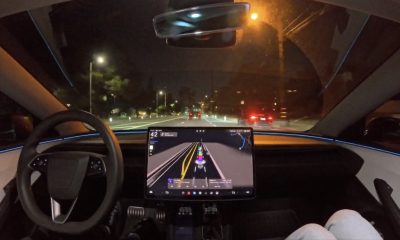
 News2 weeks ago
News2 weeks agoElon Musk confirms Tesla FSD V14.2 will see widespread rollout
-
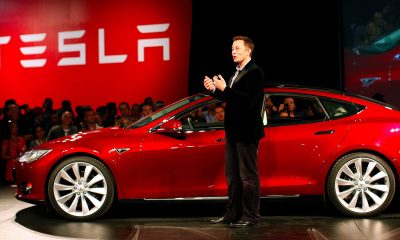
 Elon Musk2 weeks ago
Elon Musk2 weeks agoTesla CEO Elon Musk’s $1 trillion pay package hits first adversity from proxy firm
-

 News2 weeks ago
News2 weeks agoTesla might be doing away with a long-included feature with its vehicles
-
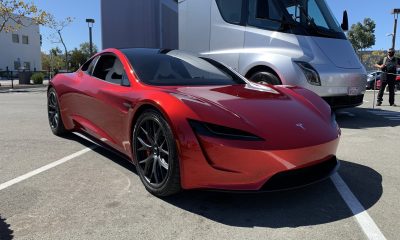
 News2 weeks ago
News2 weeks agoTesla updates fans on its plans for the Roadster
-
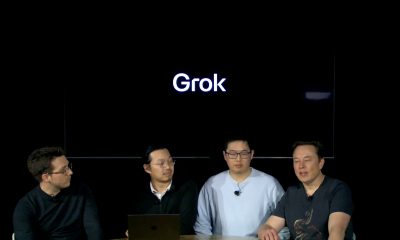
 Elon Musk2 weeks ago
Elon Musk2 weeks agoElon Musk: Grok 5 now has a 10% chance of becoming world’s first AGI
-
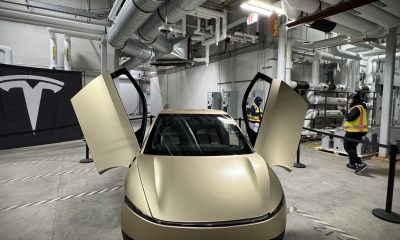
 News2 weeks ago
News2 weeks agoTesla is ramping up its hiring for the Cybercab production team
-
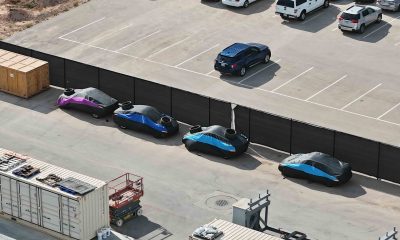
 News2 weeks ago
News2 weeks agoMultiple Tesla Cybercab units spotted at Giga Texas crash test facility


